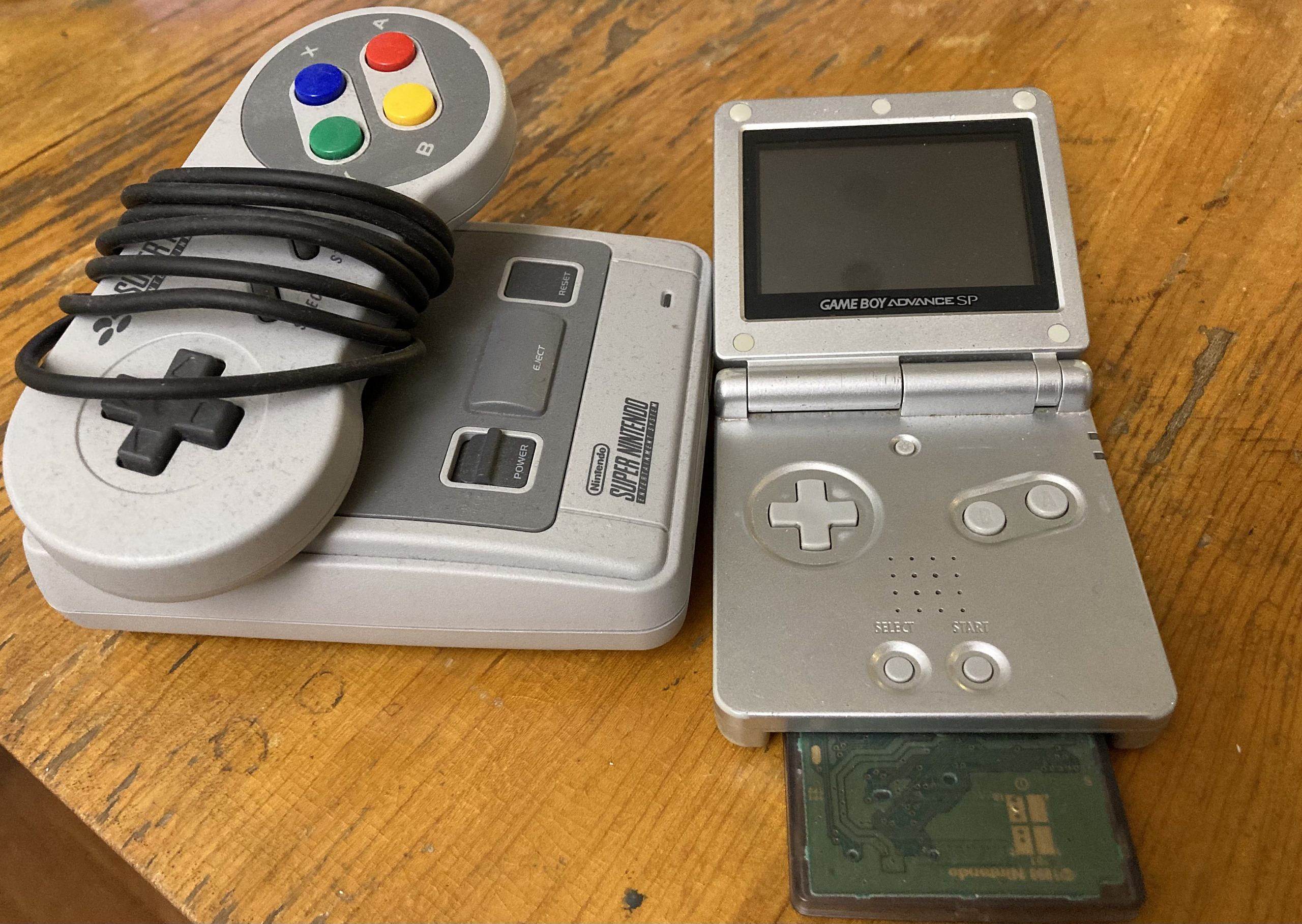In his paper, Jaakko Suominen looks at popular game historical discourses. He uses the Finnish context as a case example but states that the results could perhaps be applied to other national contexts as well. Suominen describes his paper as historiographical, which is used to mean that it is a history of the history of digital games. He identifies four different waves of historical awareness.
The author uses the term historical awareness meaning a situation in which games are seen as the results of a certain development process or a linked set of events, but also as a phenomenon that has experienced a cultural and technological evolution. The waves don’t follow an entirely chronological order, but rather mix and co-exist.
The first of Suominen’s waves, the experience of progressing change, dates to the early 1980s. The Finnish Slot Machine Association (RAY) played a role in bringing video games to Finland. Suominen identifies Matti Kärkkäinen’s, chief of product development at RAY, article as one of the earliest articles in Finland regarding the history of video games. The article was published in 1983 and focused on video games’ history as well as trying to popularize video games and set them apart from RAY’s other gaming areas.
The author states that the construction of game historical awareness as a discourse began through these types of articles defining the history of games. He also mentions computer-oriented magazines like MikroBitti and Printti and notices they first began referencing gaming history in special articles and game reviews. The first wave of historical awareness then included articles considering gaming history and game reviews.
The second wave, a declaration of a historical turning point, picks up after the first one and emerges in the mid-1980s. Suominen notes that the second wave began when journalists started to notice a turning point in Finnish game development. This led to them pointing out turning points that they thought deserved to be documented as historical. Suominen recognizes things like growing popularity of home computers and a shift towards more ambitious game programming as examples of a historical turning point.
He mentions MikroBitti journalist Niko Nirvi’s review on Sanxion, a game that was programmed by Finnish-Greek Stavros Fasoulas. Suominen argues that Nirvi took on the role of a historically aware actor in his review because he declared the game as a significant turning point and bestowed a classic status on it just as the game was released. Suominen also recognizes the hype and media coverage of Max Payne as another historical turning point. He points out that the key part of the second wave was that Finland was now also seen as a producer of games rather than just a passive consumer.
Suominen calls his third wave nostalgic personal experience. He dates the wave’s beginning to the late 1980s and says that it is characterized by personal experiences. Personal memories were added by writers to the historical aspects of their texts. He states that these memories were added especially when writers felt that a certain era was coming to an end. Nostalgia and personal stories regarding different platforms and games characterize this third wave of historical awareness.
Suominen explains that nostalgization moves constantly forward in time considering different periods of gaming. He also notes that the emergence of the internet has affected game journalism and that it has provided a platform for game culture nostalgia and retro gaming communities.
The fourth wave of historical awareness, called creation and institutionalization of national historical narrative, began in the 2000s. The Finnish gaming industry’s success resulted in a historical narrative being created around the national context. Suominen presents that the national narrative is connected to the formation of national gaming institutions such as associations, funding mechanisms, and museums.
He recognizes Neogames, a member-based non-profit game industry organization, and the Finnish Museum of Games, established in 2017 in Tampere, as notable examples of national institutions focused on gaming history and creating a national historical narrative.
Suominen used primarily history articles for computer and game magazines as sources for his paper. He mentions magazines like MikroBitti, Pelit, and Printti as some of his sources in creating a research corpus that he has used for other studies as well. For this paper, he states that some key elements from the corpus were brought up for a closer look and that the corpus was used now in a more historiographic way.
The article: Jaakko Suominen, Popular History: Historical Awareness of Digital Gaming in Finland from the 1980s to the 2010s, DiGRA ’20 – Proceedings of the 2020 DiGRA International Conference: Play Everywhere, 2020, http://www.digra.org/digital-library/publications/popular-history-historical-awareness-of-digital-gaming-in-finland-from-the-1980s-to-the-2010s/
